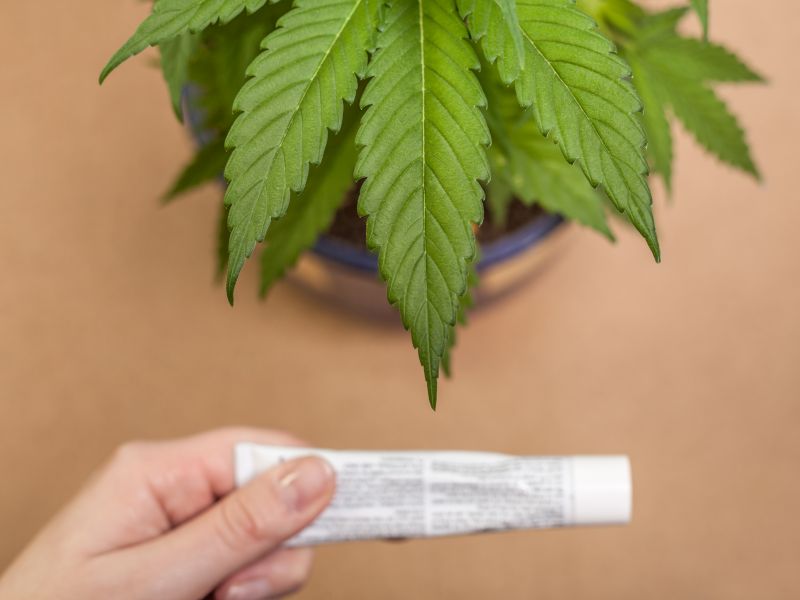
Among more than 1,000 adults aged 18 and older, more than two-thirds have used or would consider using marijuana or cannabinoid compounds, including cannabidiol (CBD) and tetrahydrocannabinol (THC).
Nearly three-quarters of millennials expressed interest and 37% said they've used the compounds for pain. Two-thirds of Gen Xers and baby boomers expressed interest, while 25% of Gen Xers and 18% of baby boomers said they've used the compounds for pain.
Of the respondents who were interested in using marijuana and cannabinoid compounds to manage pain, three-quarters said they believed they're safer or have fewer side effects than opioid painkillers or other medications, according to the survey commissioned by the American Society of Anesthesiologists (ASA).
"As experts in managing pain, physician anesthesiologists are concerned about the lack of research regarding the safety and effectiveness of marijuana and cannabinoids," said ASA President Dr. Linda Mason.
"The good news is that until the research is completed and we fully understand the risks and potential benefits, physician anesthesiologists today can develop a personalized plan for patients' pain drawing from effective alternatives such as non-opioid medications and other therapies, including injections, nerve blocks, physical therapy, radio waves and spinal cord stimulation," Mason said in an ASA news release.
Only 13% of the survey respondents said they have used or would consider using marijuana or cannabinoids because no other type of pain management works for them.
Along with risks ranging from excessive sleepiness to liver damage, marijuana and cannabinoid compounds are not monitored for quality, according to the ASA.
Yet 40% of respondents believe that CBD products in grocery stores, health food stores and medical marijuana dispensaries are approved by the U.S. Food and Drug Administration. In truth, only one prescription version of CBD - for patients with one of two rare forms of epilepsy - has been approved by the FDA.
No form of marijuana is approved by the FDA. Thirty-three states and Washington, D.C., have legalized marijuana for recreational or medical use, but all have their own regulations, which vary widely.
Studies have shown that no matter what the label says, the actual ingredients in marijuana and cannabinoid compounds may differ, and they may contain dangerous synthetic compounds, pesticides and other impurities, according to the ASA.







0 Comments